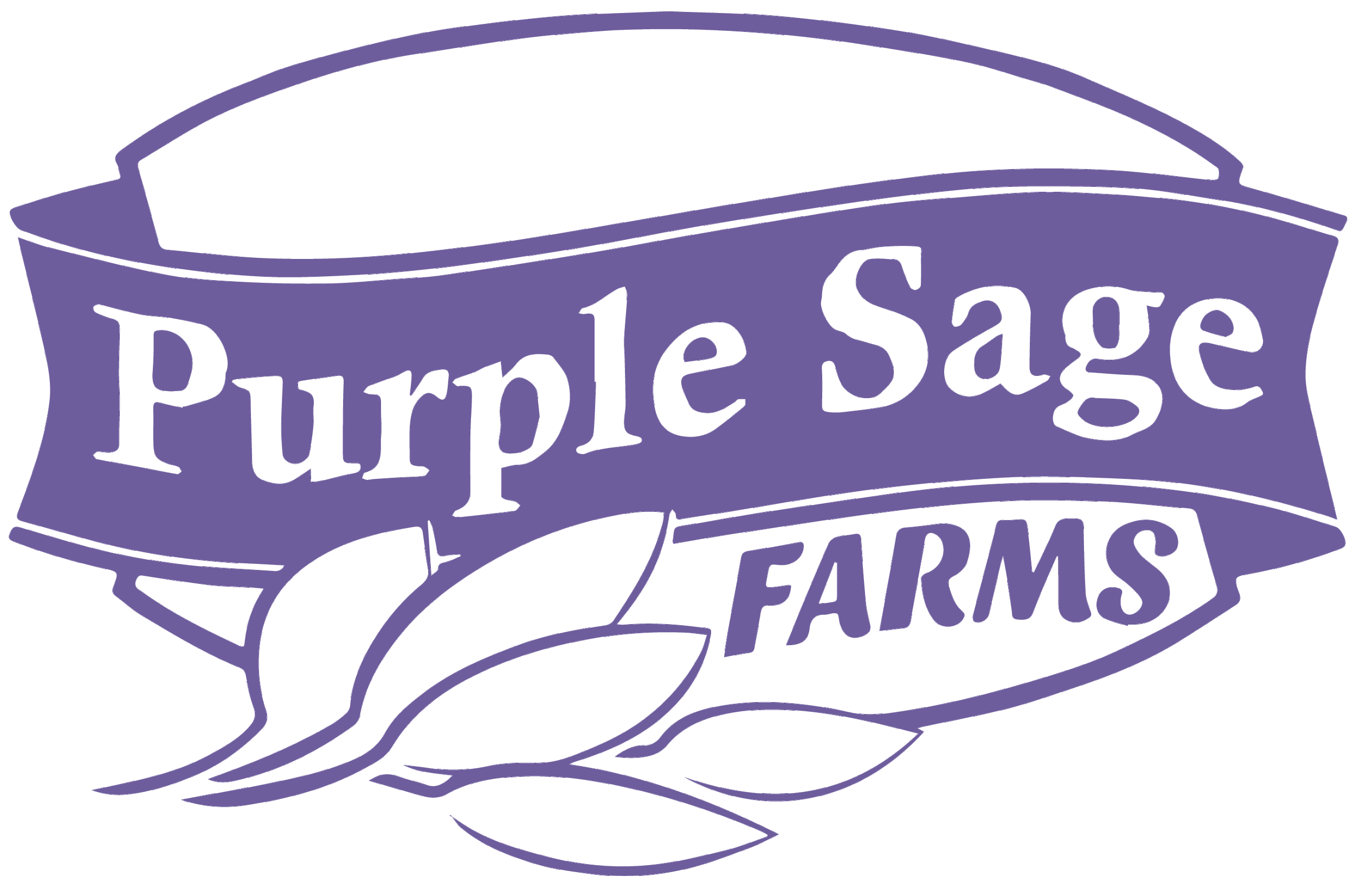Rebuilding after the Collapse
In January of 2017 the Treasure Valley experienced unusually extreme weather condition. Lots of snow and severe freezing followed by warming and rain loaded the snow with moisture, causing the collapse of five greenhouses at Purple Sage Farms, along with many other structures in the area. Not only did we lose five structures, but we were also forced to slash the plastic covering the remaining structures to save them from a similar fate.
The loss at our farm was devastating. With no viable insurance that would cover a small farm like ours, Purple Sage would face the repercussions of rebuilding the farm and no income from our perennial crops like sage and rosemary that were lost without shelter from freezing. For example, only 15% of our long lived, perennial rosemary survived the frost exposure.
As quickly as the greenhouses fell, our community rose up to help support us. Neighbors visited to help clear the wreckage, the Boise Farmers Market started a fundraiser to pay for new materials, and hosted volunteer days at the farm to recover the standing structures and clear away the wreckage. Volunteers transplanted about 2,500 seedlings to help us make up for lost time in the first year. Local restaurants fed the work crews who braved spring showers, cold, and even snow storms to help us come back before the growing season would begin.
In addition to the BFM fundraiser, our restaurant and grocery customers even started donation campaigns to help us get back on our feet. Donations paid for plastic to cover seven greenhouses, which allowed us to plant a crop in 2017. The donations also purchased a load of steel tubing which we hand bent into new frames to replace the crumpled structures. As April 2017 kicked off the Boise Farmers Market, Purple Sage Farms made it to the opening day, but with a very light load of produce to sell. We usually rely on having greenhouse produce to sell at the beginning of the market season to infuse our farm with much needed income after a slow winter. Having product in shoulder seasons also helps us fill in the food shed gaps and reduces competition with other farms.
After a slog through the 2017 growing season with reduced business, no employees, and a big to-do list to rebuild, we finally made it to winter and again re-focused on the greenhouse rebuild. In 2018 we finally cleared the last collapsed greenhouse. After it was cleared, the rebuilding process began, and volunteers were able to raise three greenhouse frames and cover one new house.
Through the rebuilding, we dug 296 holes to hold the steel frames, mixed and poured 8.4 tons of cement to anchor the frames into the holes. The steel tubing for making frames required 650 bends to make 138 steel hoops that would comprise the greenhouse frames. A total of 11,951 ft of steel tubing will be installed when the last greenhouse is finished. We also tried to reuse as much of the building materials as possible in an effort to save money and reduce waste.
This year, we’re finally back to a full selection of herbs, with perennial crops finally to a point where they can be harvested again. We’re still down four greenhouses from our normal 12 house operation, so the supply of greens and specialty vegetables is limited compared to past years. We are encouraged though, and very thankful to have such generous neighbors, friends, business partners, and customers. We’re now well into the growing season, which slows rebuilding, but are getting close to “back”. Thanks to all who’ve been there for us in the past year.
































